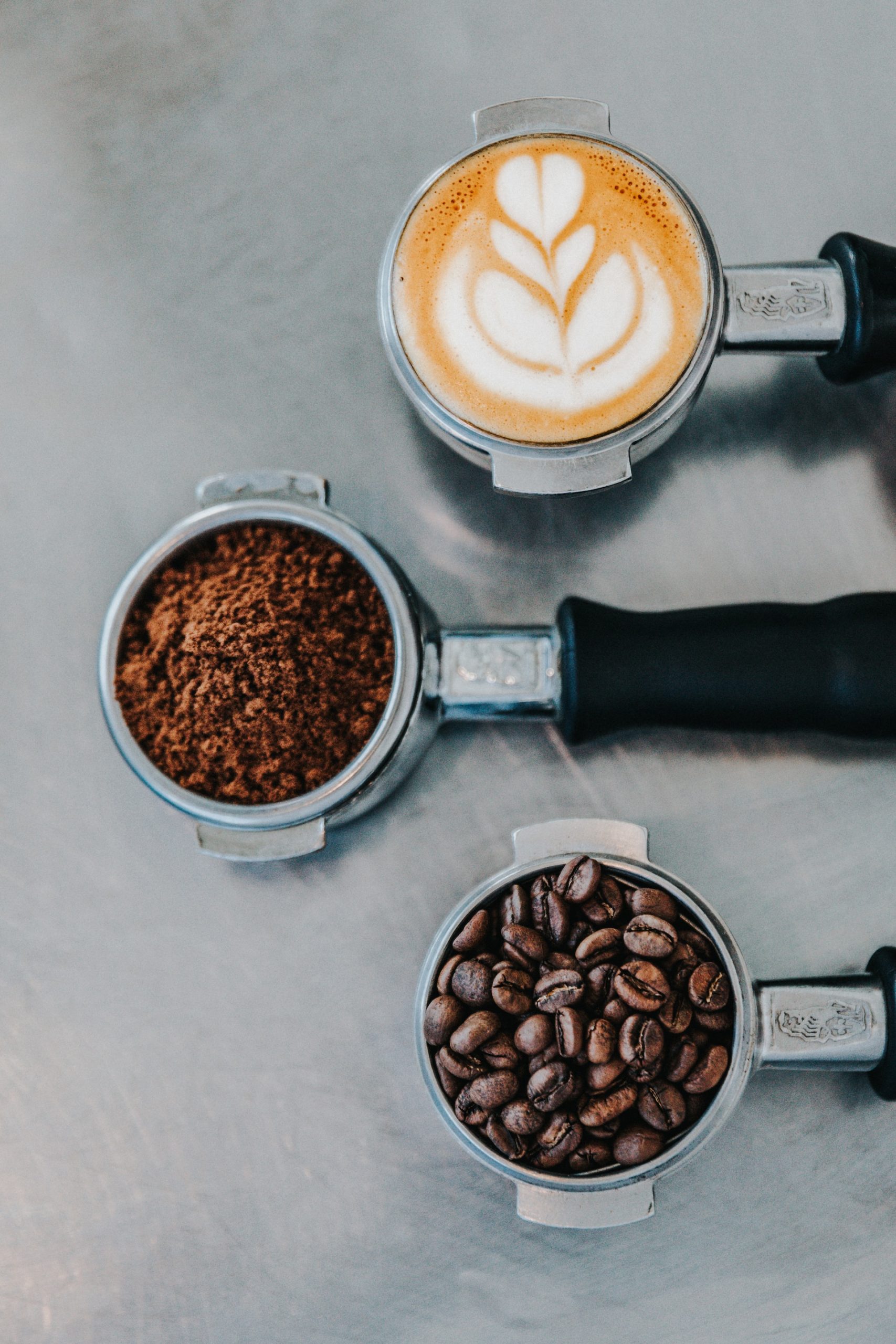Honduran Coffee: Guide to Beans, Regions,
Flavor Notes | Daily Drip Coffee
Introduction to Honduran Coffee
Honduras coffee has the quality potential to challenge the best Guatemalan lots in cup taste
Due to its tropical climate, ideal growing conditions, and diverse flavor profiles, Honduran coffee is grown and has the potential to rival the renowned coffee beans of Guatemala. As the industry continues to grow, Honduran coffee is on track to become a major player in the specialty coffee market, giving Guatemalan coffee a compelling and competitive alternative.

Honduras coffee has the quality potential to challenge the best Guatemalan lots in cup taste
Coffee was first introduced to Honduras in the early 19th century, but it wasn’t until the mid-20th century that the coffee industry began to flourish. Over the past few decades, Honduran coffee has gained a reputation for its exceptional quality, and the country has become one of the leading coffee producers in Central America. With a strong focus on sustainable farming practices and direct trade relationships, Honduran coffee is grown, making significant strides in both environmental stewardship and social responsibility.

3 Honduran Coffee Grading Categories
Honduran coffee beans are classified into three primary grading categories, based on quality and size:
- Strictly High Grown (SHG): These beans are cultivated at elevations above 1,200 meters and are known for their bright acidity, complex flavor profiles, and exceptional quality.
- High Grown (HG): Grown between 1,000 and 1,200 meters above sea level, these beans have a slightly lower acidity and a more balanced flavor profile.
- Central Standard: Beans in this category are grown at elevations below 1,000 meters and are typically used for commercial blends due to their lower quality and less distinct flavor characteristics.

Challenges for Honduras Coffee
Despite its growing reputation, the Honduran coffee industry faces several challenges that impact its growth and sustainability. In this section, we will delve into some of the primary obstacles confronting the coffee sector in Honduras.
Honduran Limited Infrastructure
Coffee was first introduced to Honduras in the early 19th century, but it wasn’t until the mid-20th century that the coffee industry began to flourish. Over the past few decades, Honduran coffee has gained a reputation for its exceptional quality, and the country has become one of the leading coffee producers in Central America. With a strong focus on sustainable farming practices and direct trade relationships, Honduran coffee is grown, making significant strides in both environmental stewardship and social responsibility.
Solutions:
To address this issue, the Honduran government and non-governmental organizations are investing in infrastructure improvements, such as road construction and upgrading processing facilities. These efforts aim to streamline the supply chain and ensure that coffee farmers can efficiently transport their harvest to market.
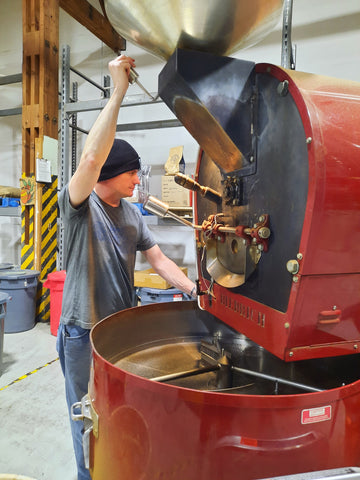
Honduran Climate Change
Climate change poses a significant threat to coffee production in Honduras. Rising temperatures, unpredictable weather patterns, and increased instances of extreme weather events can lead to lower crop yields, reduced quality, and increased susceptibility to pests and diseases.
Solutions:
To combat the effects of climate change, farmers are adopting sustainable farming practices, such as shade-grown coffee, to help mitigate temperature increases and preserve the natural ecosystem. Additionally, research into drought-resistant coffee varieties is being conducted to ensure the long-term viability of coffee production in Honduras.
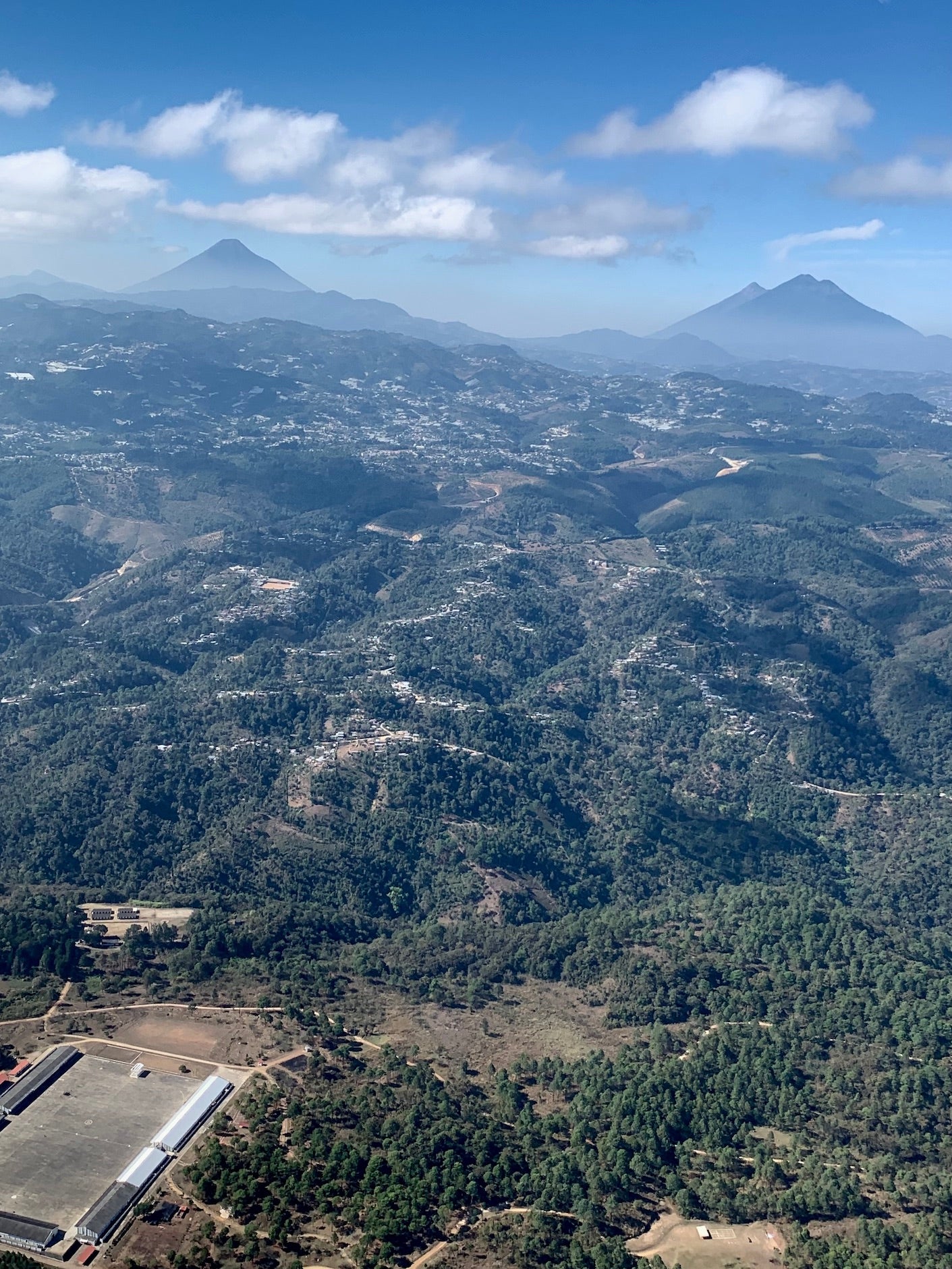
Honduran Coffee Leaf Rust
Coffee leaf rust, a fungus that attacks coffee plants, has been a persistent challenge for Honduran coffee farmers. This disease can result in significant crop losses and reduced coffee quality.
Solutions:
To address coffee leaf rust, researchers are developing disease-resistant coffee varieties and promoting best practices in farm management to minimize the risk of infection. Farmer education programs are also being implemented to teach growers how to identify and manage coffee leaf rust effectively.
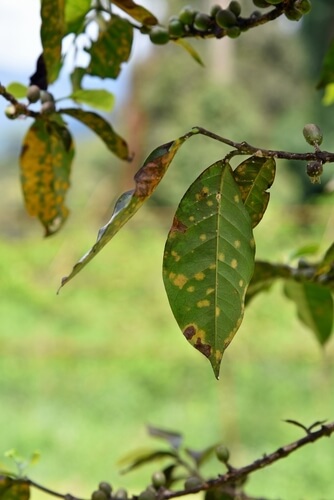
Honduran Social and Economic Challenges
Honduran coffee farmers often face social and economic challenges, such as limited access to financing and a lack of education and training resources. These factors can hinder the industry’s growth and limit the potential for higher-quality coffee production.
Solutions:
Initiatives such as micro-financing programs, farmer cooperatives, and education programs are being developed to empower coffee farmers and provide them with the resources they need to improve their coffee production and quality. These efforts help promote social and economic stability within the coffee-growing communities of Honduras.
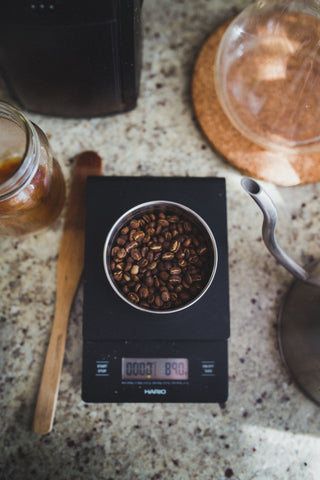
Finding Quality and Variety
As the demand for specialty Honduran coffee increases, farmers and roasters are focusing on improving bean quality and exploring the vast range of flavors offered by the country’s diverse coffee regions. This commitment to excellence ensures that consumers can enjoy a wide variety of high-quality Honduran coffee beans.

3 Honduran Coffee Grading Categories
There are six main coffee-producing regions in Honduras, each with its unique characteristics and flavor profiles. These six coffee-growing regions are:
- Copán: Located near the Guatemalan border, Copán is known for its smooth, balanced coffees with notes of chocolate, caramel, and fruit.
- Opalaca: This region, situated along the Opalaca mountain range, produces coffee with a bright acidity and complex fruity flavors, often with hints of citrus and stone fruits.
- Comayagua: Comayagua’s coffees are characterized by a medium body, mild acidity, and flavors of chocolate, nuts, and red fruit.
- Montecillos: Nestled between the Comayagua and La Paz regions, Montecillos boasts high-altitude coffee farms that yield beans with vibrant acidity, medium body, and notes of tropical fruit and citrus.
- Agalta: Known for its high-altitude farms, Agalta produces coffee with bright acidity, a medium body, and a delicate balance of fruit and floral notes. 6. El Paraíso: Located in eastern Honduras, El Paraíso is celebrated for its coffee beans that exhibit a medium body, bright acidity, and flavors of tropical fruit, citrus, and floral undertones.

An Overview of Honduran Coffee Beans
Honduran coffee beans are known for their diverse flavor profiles, ranging from bright fruit notes to rich chocolate and nutty undertones. The beans’ quality and taste are influenced by factors such as altitude, microclimate, soil composition, and processing methods.
Processing Methods and Their Impact on Flavor
There are three primary processing methods used to roast them in Honduras, each with a distinct impact on the flavor profile of the roasted coffee beans:
- Washed: This method involves removing the cherry and mucilage from the coffee bean before drying, resulting in a clean, bright flavor profile with pronounced acidity and well-defined tasting notes.
- Honey: The honey process leaves some of the mucilage on the bean during drying, imparting a sweetness reminiscent of honey, as well as a fuller body and more complex flavor profile. Honey-processed Honduran coffees often showcase a balance of fruit and caramel notes.
- Natural: In the natural process, coffee beans are dried with the cherry still intact, allowing the bean to absorb more of the fruit’s natural sugars. This results in a coffee with intense fruit flavors, a heavier body, and a wine-like complexity.
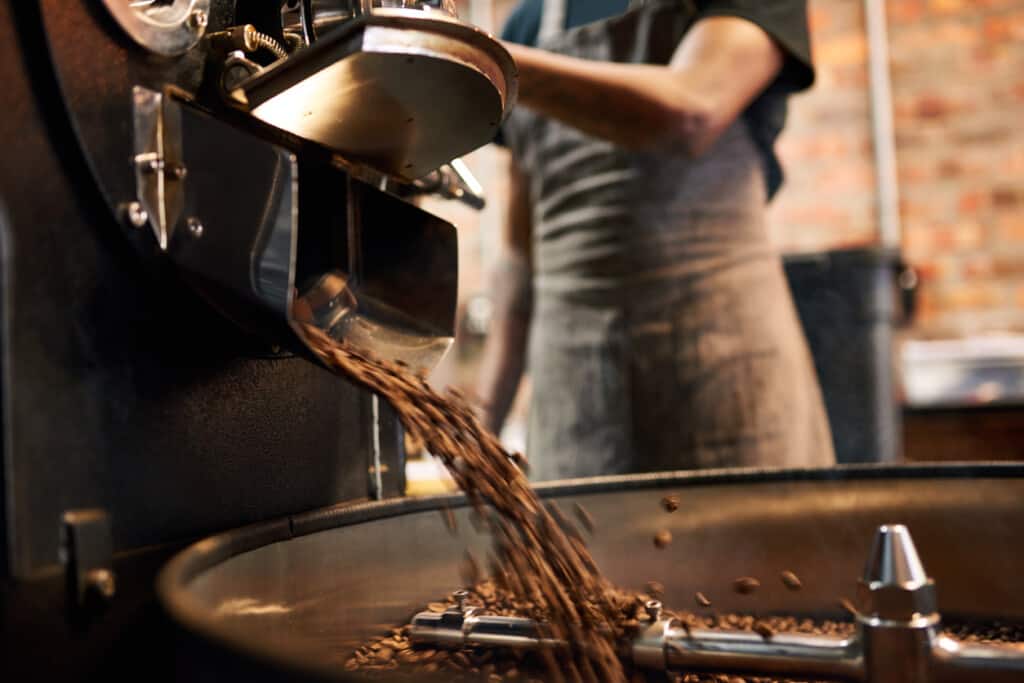
Sustainability and Social Responsibility in the Honduran Coffee Industry
Honduras is making significant strides in sustainable coffee production, with many farmers adopting organic and eco-friendly farming practices. Shade-grown coffee, a method that preserves biodiversity and reduces deforestation, is becoming increasingly popular among coffee producing countries in the region. Additionally, a growing number of Honduran coffee producers are obtaining certifications like Fair Trade, Rainforest Alliance, and UTZ, ensuring ethical working conditions and environmental sustainability.
Direct trade relationships between coffee producers and roasters have also become more common, promoting transparency and fostering long-term partnerships. This approach benefits both parties: farmers receive fair prices for their beans, while roasters gain access to high-quality, traceable coffee.

Finding Quality and Variety
While Honduras was once the largest coffee producer primarily known for producing commercial-grade coffee blends, the country has successfully transitioned to offering exceptional single-origin beans. This shift has allowed high grown of Honduran coffee to gain global recognition and demand in the specialty coffee market.

Best Honduran Coffees Available Today
With the increasing popularity of Honduran coffee, several brands stand out for their exceptional quality and robust flavor profiles:
- Marcala Coffee: Known for its bright acidity, full body, and notes of chocolate, caramel, and red fruit.
- Santa Barbara Coffee: Celebrated for its complex flavor profile, featuring tropical fruit, citrus, and floral notes.

Finding Quality and Variety
Honduran coffee is characterized by a range of tasting notes, including fruit, milk chocolate,, caramel, nuts, and floral undertones. These flavors are influenced by factors such as altitude, microclimate, soil composition, and processing methods.
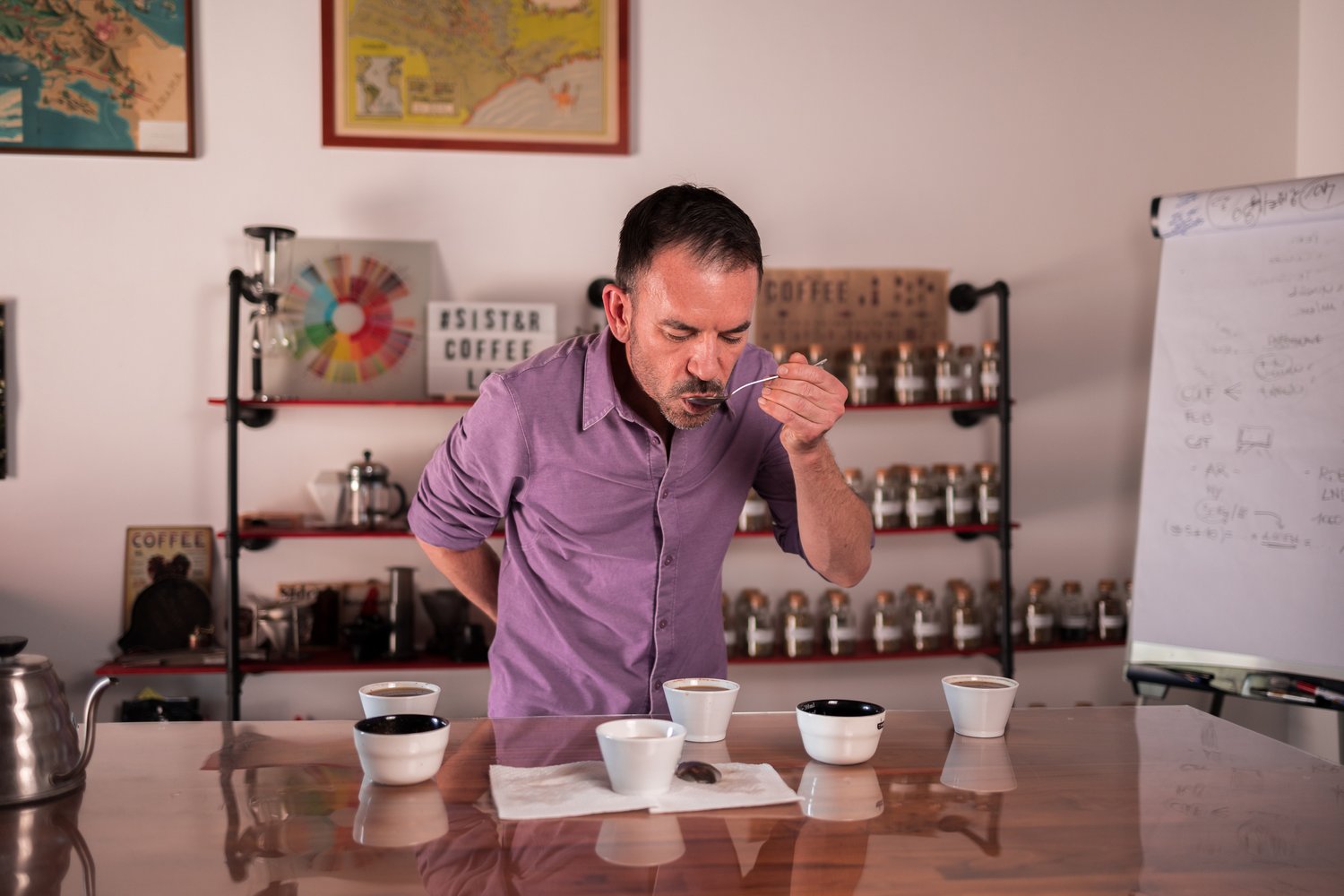
What Does Honduran Coffee Taste Like?
Honduran coffee offers a diverse and tantalizing array of flavors. Depending on the region and processing method, you can expect a range of tasting notes, from bright fruit and citrus fruity notes to rich chocolate and sweet caramel undertones. The roasted beans typically have a balanced acidity and a medium to full body, providing a satisfying and complex cup of coffee.

Overview: Honduran Coffee Brands
Several Honduran coffee brands have gained recognition for their commitment to quality and unique flavor profiles:
- Marcala Coffee
- Santa Barbara Coffee
- Copán Coffee Company
- Opalaca Mountain Coffee
- El Paraíso Roasters
These brands source beans from various regions across Honduras, showcasing the country’s diverse coffee offerings.

2 Best Honduran Coffee Beans
Among the vast array of Honduran beans available, two standouts are:
- Marcala Coffee: Cultivated in the high-altitude region of Marcala, these beans are known for their bright acidity, full body, and complex flavor profile. Notes of chocolate, caramel, and red fruit come together for an exceptional cup of coffee.
- Santa Barbara Coffee: Produced in the Santa Barbara region, these beans offer a harmonious blend of tropical fruit, citrus, and floral notes, making for a delightful and unique coffee experience.
These two Honduran coffee beans exemplify the exceptional quality and diverse, medium roast flavors other coffees that the country has to offer.
In conclusion, Honduran coffee has quickly risen to prominence in the specialty coffee world, offering a wide range of flavors and exceptional quality. As the coffee grown industry continues to evolve and address the challenges it faces, Honduran beans are poised to become a staple among many coffee lovers and enthusiasts worldwide. Whether you’re searching for a bright, fruity cup or a rich, chocolatey experience, you’ll find that Honduran coffees satisfy your palate.
